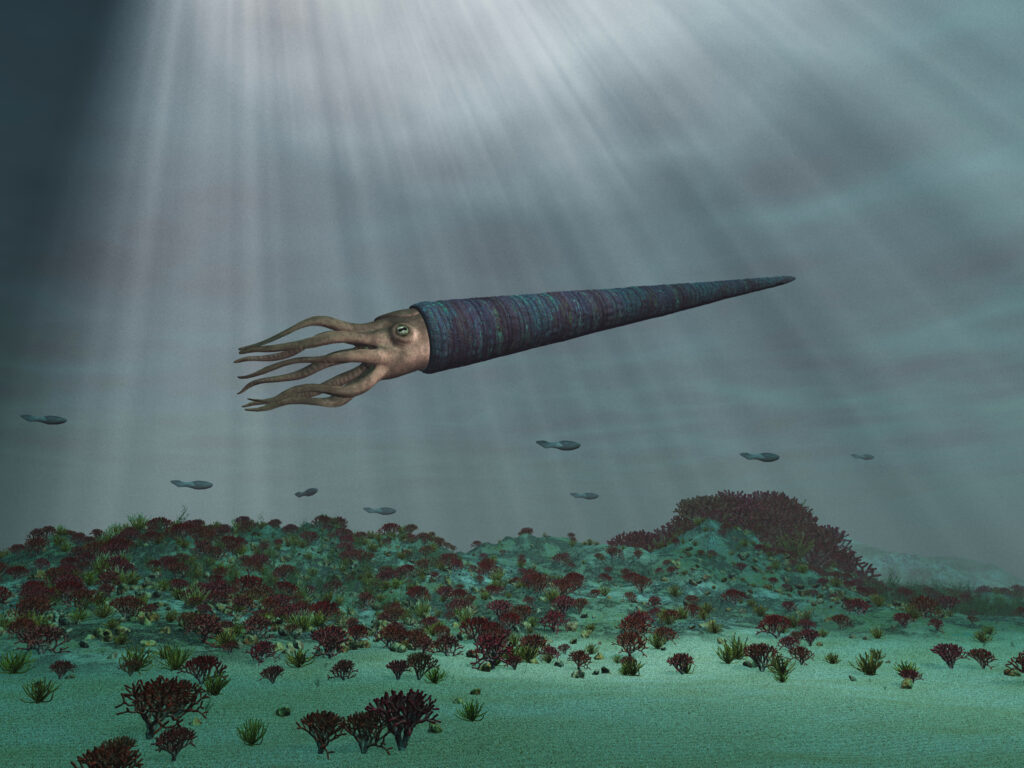Do you think dinosaurs got cold in the winter?
When it’s summer in Canada, there is more oxygen in the atmosphere than in the winter.
And, when it’s winter, there’s more carbon dioxide in the atmosphere than in the summer, says Anais Orsi, a polar climate scientist who teaches at the University of British Columbia.
That’s because the oxygen in our atmosphere is a byproduct of life on Earth.
When it’s summer in the northern hemisphere, the large number of plants photosynthesizing increases the total amount of oxygen in the atmosphere.
In the winter, the plants drop their leaves to hibernate. Oxygen levels drop and CO2 levels rise as animals use these gasses to breathe.
Before life happened on Earth, there was almost no oxygen here.
Earth’s atmosphere has gone through some big changes in its long history as life evolved!
We’ve always had CO2 in the atmosphere, which scientists measure in parts per million.
In fact, 485 to 444 million years ago, during the Ordovician period At the start of the Ordovician, most life forms existed in the seas. Early ancestors of insects and spiders were among the first to experiment with life on land by developing primitive respiratory systems. , there was way more CO2 in the atmosphere than there is now, says John Clague, an earth scientist and officer of the Order of Canada.

